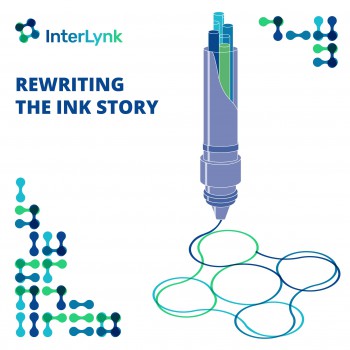3D bioprinting construct for the diminishing of bone tumor and progression of bone tissue regeneration: Diagnosis of phenotyping in the cellular model and screening as a therapeutic platform (TissueEng)
European ComissionCoordinator
Bone tissue engineering offers a promising solution for restoring damaged bone tissue. However, current methods face limitations in creating disease models for identifying target genes in tumour recurrence, which hinders the development of preclinical strategies. In this context, the EU-funded TissueEng project aims to use 3D bioprinting to deve...3D temperature mapping critical to understanding the nanoworld (ThermoRise)
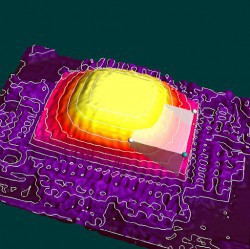
European ComissionCoordinator
Nanometre-scale devices capable of measuring temperature variations at a molecular level are valuable in both fundamental and applied science. For example, they can quickly measure micromachine overheating or the temperature inside of a cell. Although they hold tremendous promise for many applications, their 2D resolution has been a limiting fac...A bioprinting platform for the rapid, reliable, controlled and quantifiable patterning of cellular aggregatesand microtissues into macroscale regenerative grafts with programmable architectures (m2M)

European ComissionPartner
A fundamental limitation with current approaches aiming to bioprint tissues and organs is an inability to generate constructs with truly biomimetic composition and structure, resulting in the development of engineered tissues that cannot execute their specific function in vivo. This is perhaps unsurprising, as many tissues and organs co...A Pan-European Solid-State NMR Infrastructure for Chemistry-Enabling Access (PANACEA)
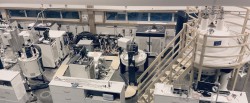
European ComissionPartner
The chemicals industry is one of Europe’s largest manufacturing sectors. Its modernisation relies on the capacity for atomic-level investigation of increasingly complex solid substrates in multifaceted research areas. Advances have been made in the development and use of solid-state nuclear magnetic resonance (NMR) spectroscopy, a powe...ABSolEU: closing the loop on ABS plastics recycling (ABSolEU)
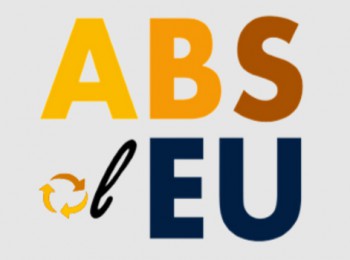
European ComissionPartner
At least 85% of end-of-life ABS plastic, found in durable products ranging from toys to automotive components and daily-use items such as shavers, ends up in landfills or being incinerated. The ABSolEU project aims to develop and matur...Accelerate the design and Insertion of nonCRM hard Materials for Next generation EXTreme applications (AIM-NEXT)
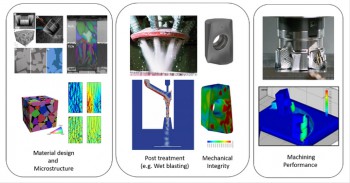
European ComissionPartner
The AIM-NEXT project arises from the common need of European academy and industry to educate and train the next generation of experts in the field of “Sustainable design of material solutions for engineering applications”. In this regard, the need to Accelerate the design and Insertion of hard Material tools and comp...Alternative routes for basic chemicals production using hydrogen as feedstock (ALCHEMHY )
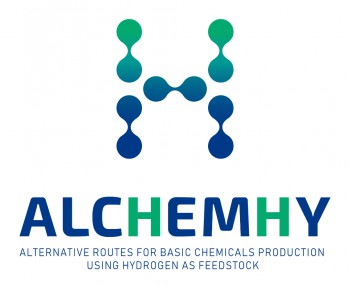
European ComissionPartner
ALCHEMHY aims to develop a set of innovative electrified processes to produce platform chemicals, particularly ammonia, i.e., a Magnetic-Heated Sorption-Enhanced Reactor (MSER) and Direct ElectroSynthesis of Ammonia (DESA); and methanol, i.e., a Small-Flexible Methanol Reactor (SFMR) and a Plasma-Catalytic Hydrogenation process (PCH). T...Building knowledge and tools for the sustainable microbial fighting through sensing and responsive polysaccharide-based materials (NET4MAT)
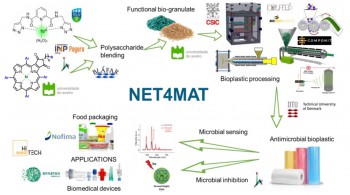
European ComissionCoordinator
The worldwide pollution triggered by non-biodegradable plastics requires alternative sustainable/eco-friendly materials for all applications. On the other hand, pathogenic microbial resistance is demanding the development of materials that accurately detect and actuate against pathogenic microorganisms. To exploit an approach that answe...Civil Engineering And Geomatics Innovative Research On Heritage (ENGINEER)
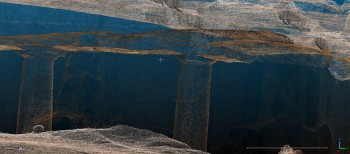
European ComissionPartner
ENGINEER project aims to enhance the Department of Civil Engineering and Geomatics of the Cyprus University of Technology (CUT) research and innovation potentials through coordination and support actions provided by the Twinning call. Built upon its unique character, as the single University Department of the country where Civil and Geo...Clean and efficient cooling in vaccine transportation using Rotating Magnetocaloric Effect (MAGCCINE )
European ComissionPartner
Every year 1.5 million lives are lost worldwide due to insufficient access to vaccination while, paradoxically, over 50% of all produced vaccines are wasted, mostly due to ineffective temperature control during storage/transportation. The major challenges of the vaccine cold chain are the evermore strict limitations imposed on their aerial trans...Cr4+:YAG/Polymer nanocomposite as alternative materials for Q-switched lasers: properties, modeling, and applications (ALTER-Q )
European ComissionCoordinator
The development and application of solid-state lasers (SSRs) over the last decade, emphasizing their wide-ranging uses in fields such as metal processing, medical applications, and optical transmission systems. It outlines the fundamental components of SSRs and the importance of achieving a balance between gains and losses in the laser resonator...Development of a multifunctional biomaterial patch for buccal delivery of peptide-analogue treatments (BUCCAL-PEP)

European ComissionPartner
Oral delivery of peptide macromolecules represents significant challenges for pharmaceutical research, including low bioavailability, dosage control and undesirable food interactions. The intention of the EU-funded BUCCAL-PEP project is to develop a technological platform for oromucosal delivery suitable for a broad range of peptide-ana...Emerging nanoscopy for single entity characterisation (Ensign)
European ComissionPartner
Understanding structure and behaviour at the nanoscale provides valuable insight and the opportunity for control in application areas like biomedicine, biophysics and biomaterials. Measuring individual nanoscale properties with different instruments is challenging, slow and expensive. Understanding their interactions is even more difficult. Corr...Engineered Conductive Proteins for Bioelectronics (E-PROT)

European ComissionPartner
Proteins demonstrate exceptional structural and electrical conduction properties for designing functional materials. The goal of the EU-funded e-Prot project is to rationally design efficient conductive protein systems and produce protein-based conductive structures and materials. This breakthrough relies on a multidisciplinary scientific approa...FantastiCOF: Fabricating and Implementing Exotic Moiré Materials from Covalent Organic Frameworks (FantastiCOF)
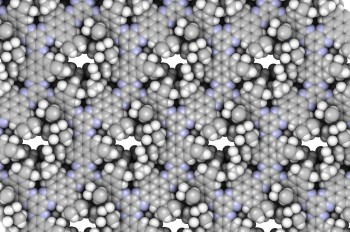
European ComissionPartner
Superconducting devices based on Josephson Junctions (JJs) are among the most versatile devices in superconducting electronics. Yet challenges remain because conventional JJs are created using a variety of materials that have been identified as a source of noise, dissipation and dephasing, and also, that raise compatibility problems dur...Full human-based multi-scale constructs with jammed regenerative pockets for bone engineering (REBORN)
European ComissionCoordinator
Engineered bone tissue has many advantages over natural bone grafts, including safety and limitless supply. However, current engineering methods cannot generate large vascularised grafts capable of in vivo integration and remodelling. To address this problem, the EU-funded REBORN project proposes to combine biomaterials based on protein...Human Platelet Lysates-based Scaffolds for Interfacial Multi-tissue Repair (INTERLYNK)
